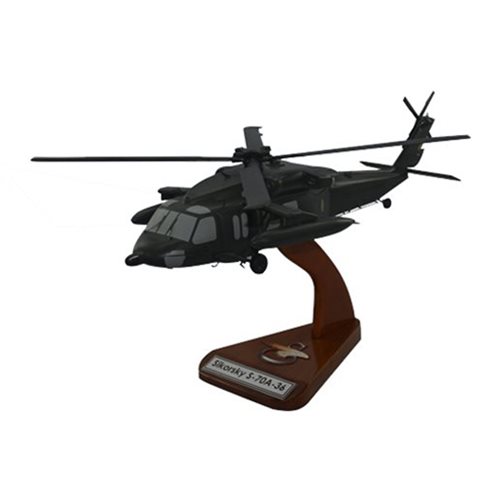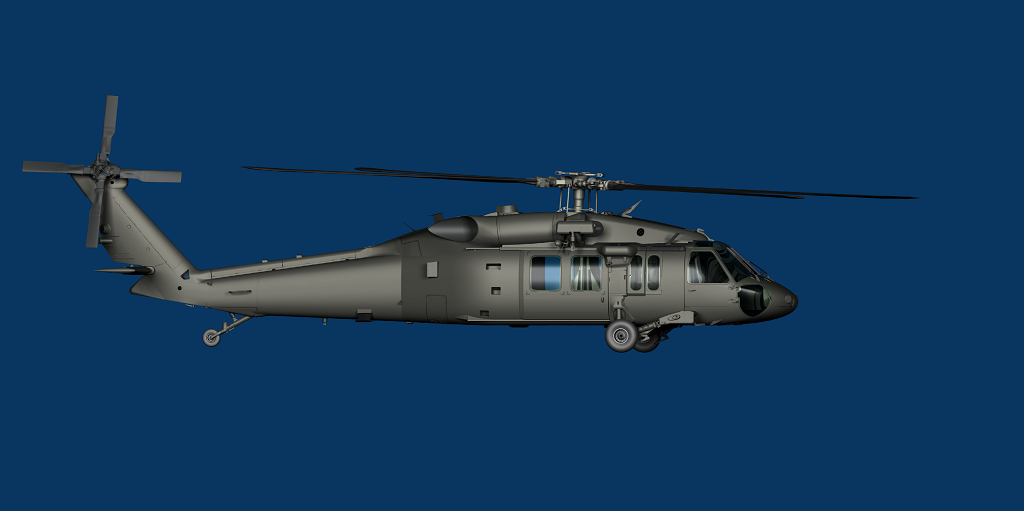Sikorsky S 70: Transforming Tactical Workflow with Cutting-Edge Innovation
Sikorsky S 70: Transforming Tactical Workflow with Cutting-Edge Innovation
Blog Article
High-Performance Multi-Role Rotorcraft Featuring Advanced Cabin Technologies and Integrated Sensing Unit Systems
The realm of rotorcraft technology has seen notable improvements in recent times, especially in the world of high-performance multi-role rotorcraft outfitted with cutting-edge cabin technologies and effortlessly integrated sensor systems. These advancements have not just enhanced the functional abilities of rotorcraft but have actually likewise significantly influenced modern aviation operations on numerous fronts. From improved goal flexibility to boosted operational effectiveness, the merging of advanced cockpit technologies and integrated sensor systems has actually ushered in a new age of opportunities for rotorcraft applications. In the complying with conversation, we will certainly explore the development of rotorcraft technology, look into the world of sophisticated cabin innovations, and analyze the implications of integrated sensing unit systems on the operational flexibility and performance of modern-day rotorcraft.
Advancement of Rotorcraft Innovation
The development of rotorcraft technology has been marked by considerable improvements in aerodynamics, materials, and propulsion systems, forming the abilities and performance of modern rotorcraft. Wind resistant renovations have actually boosted the efficiency and maneuverability of rotorcraft, permitting boosted speed, dexterity, and security during flight (sikorsky s 70). Developments in materials, such as the use of composite products and progressed alloys, have led to lighter yet more powerful rotorcraft structures, boosting total performance and durability. Furthermore, developments in propulsion systems, consisting of much more powerful engines and cutting-edge propulsion technologies, have actually made it possible for rotorcraft to attain greater altitudes, faster rates, and better hauls.
These developments have not only transformed the abilities of rotorcraft yet have likewise increased their applications across numerous markets, including army, business, and emergency solutions. The continual advancement of rotorcraft innovation remains to drive advancement in the field, pushing the boundaries of what is feasible and forming the future of upright flight.
Advanced Cockpit Innovations
Building upon the foundational improvements in the rules of aerodynamics, products, and propulsion systems, the world of rotorcraft modern technology currently changes focus in the direction of pioneering Advanced Cabin Innovations. The assimilation of innovative modern technologies within the cabin atmosphere plays a critical function in boosting the operational capabilities, safety, and effectiveness of modern rotorcraft. sikorsky s 70. Advanced Cabin Innovations encompass a large array of functions developed to give pilots with boosted situational awareness, streamlined information administration, and user-friendly control interfaces
Among the essential improvements in cabin layout is the implementation of glass cockpits, which change standard analog evaluates with high-resolution displays. These digital systems supply personalized layouts, real-time information integration, and boosted readability, making it possible for pilots to access critical info at a glance. Advanced avionics systems, such as fly-by-wire controls and boosted fact displays, are transforming how pilots engage with the aircraft, enabling for specific control and enhanced decision-making abilities.


Integrating sophisticated cabin technologies not just improves pilot performance yet likewise adds to general goal effectiveness and safety in complicated functional settings. By leveraging state-of-the-art innovations within the cabin, rotorcraft suppliers are establishing brand-new requirements for functional quality and mission success.
Integrated Sensing Unit Solutions
With the development of rotorcraft innovation, the assimilation of sophisticated Integrated Sensor Equipment has become paramount in boosting operational performance and security. These Integrated Sensor Systems incorporate a broad selection of modern technologies that provide crucial data for different functions such as navigating, surveillance, targeting, and environmental surveillance. By effortlessly integrating sensors like radars, electronic cameras, lidar, and infrared systems into rotorcraft, drivers can benefit from enhanced situational recognition, improved mission abilities, and lowered pilot workload.
One secret benefit of Integrated Sensor Solutions is their capacity to collect real-time data and give actionable insights to pilots and objective drivers. For example, advanced radar systems can identify and track targets over long distances, enabling for very early threat detection and effective action planning. Additionally, integrating infrared and electro-optical electronic cameras allows rotorcraft to perform reconnaissance and security goals with accuracy and precision.
Essentially, the integration of sophisticated sensing unit innovations right into rotorcraft not just enhances functional performance but also contributes considerably to total mission success and crew security. As rotorcraft proceed to evolve, the function of Integrated Sensor Equipment will unquestionably continue to be at the leading edge of advancement in the aerospace sector.
Functional Flexibility and Effectiveness
Enhancing functional versatility and performance in rotorcraft is a natural development from the integration of innovative Integrated Sensing unit Equipments. By leveraging the understandings and data offered by these page advanced sensing unit systems, rotorcraft can enhance their efficiency across various goals and atmospheres.
Operational versatility incorporates the capability of rotorcraft to adapt to various duties and situations efficiently. With innovative cabin modern technologies and integrated sensing unit systems, rotorcraft can effortlessly transition between jobs such as search and rescue, medical evacuation, monitoring, and much more. This flexibility improves the rotorcraft's capability to fulfill varied functional requirements without calling for considerable reconfiguration.
Performance in rotorcraft operations is crucial for optimizing mission performance and resource use. Integrated sensor systems play an essential role in boosting operational effectiveness by giving real-time data on weather conditions, surface mapping, target monitoring, and much more. This data allows pilots to make enlightened choices swiftly, maximize flight paths, save gas, and enhance total goal productivity.
Influence on Modern Aviation Operations

In addition, the combination of innovative sensors facilitates enhanced mission planning and implementation, allowing rotorcraft to execute a large array of tasks with boosted precision. From search and rescue procedures to aerial firefighting and police missions, the abilities of modern rotorcraft furnished with innovative cabin innovations and incorporated sensor systems are unrivaled.
Additionally, the effect of these advancements prolongs past operational efficiency to cost-effectiveness and sustainability. By enhancing trip routes, fuel intake, and upkeep schedules, high-performance rotorcraft furnished with innovative cockpit modern technologies and sensors add to reducing operational expenses and environmental influence, making them important properties in modern-day aeronautics operations.
Final Thought
In verdict, the high-performance multi-role rotorcraft with advanced cockpit modern technologies and integrated sensing unit systems stands for a substantial evolution in air travel technology. These developments improve operational convenience and performance, ultimately impacting modern-day aviation procedures in a favorable means. The assimilation of these sophisticated innovations permits boosted abilities and efficiency in various mission scenarios, showcasing the continued advancement of rotorcraft modern technology in the aeronautics market.
The realm of rotorcraft modern technology has actually seen significant advancements in recent times, particularly in the world of high-performance multi-role rotorcraft equipped with sophisticated site here cabin innovations and effortlessly incorporated sensing unit systems. From improved mission convenience to boosted functional performance, the convergence of advanced cabin modern technologies and incorporated sensor systems has ushered in a brand-new age of opportunities for rotorcraft applications. In the complying with conversation, we will certainly explore the evolution of rotorcraft technology, dive into the world of sophisticated cockpit developments, and check out the ramifications of integrated sensor systems on the functional convenience and effectiveness of contemporary rotorcraft.

Report this page